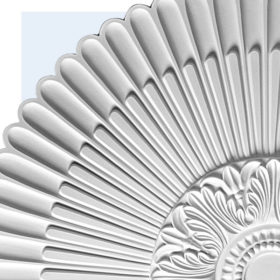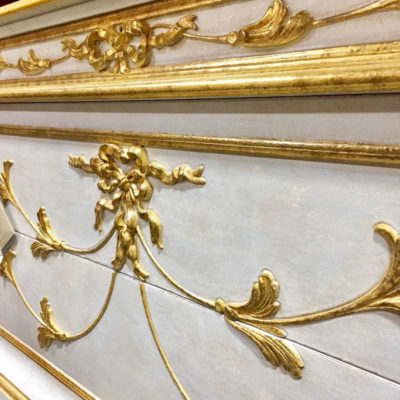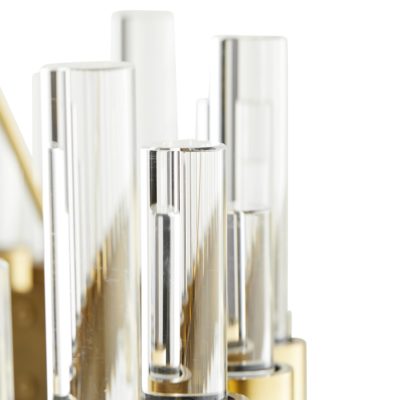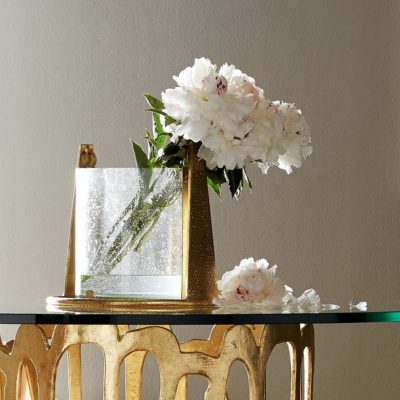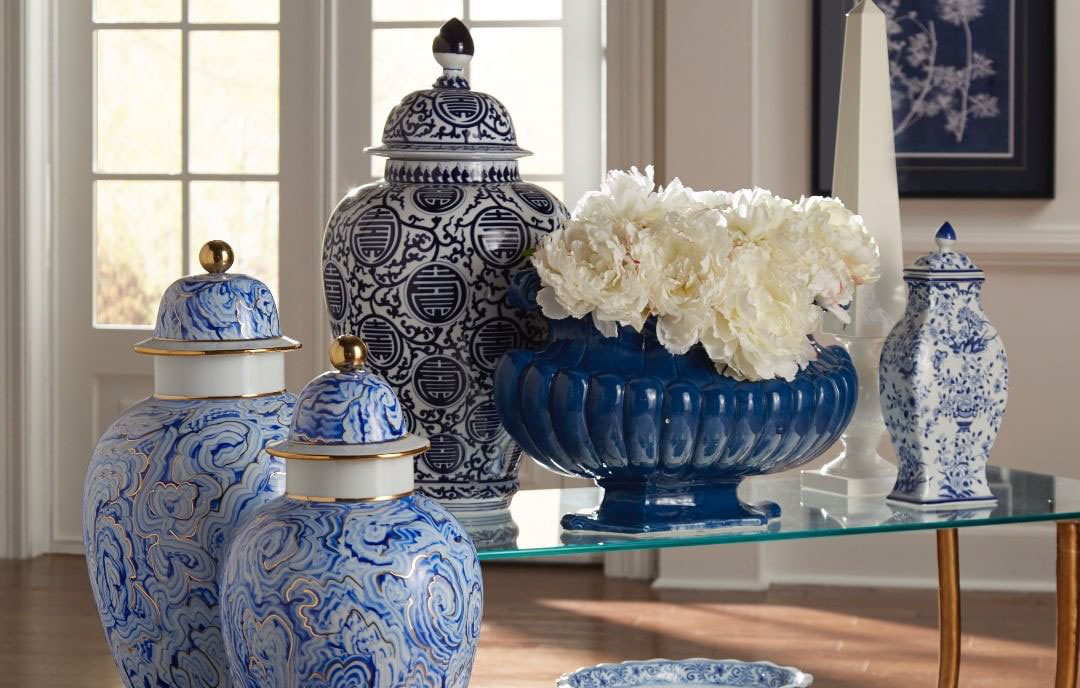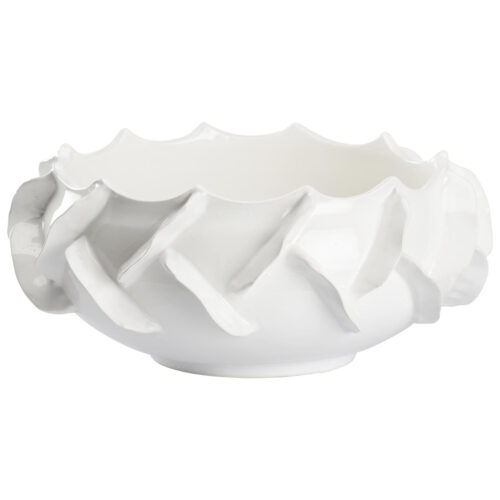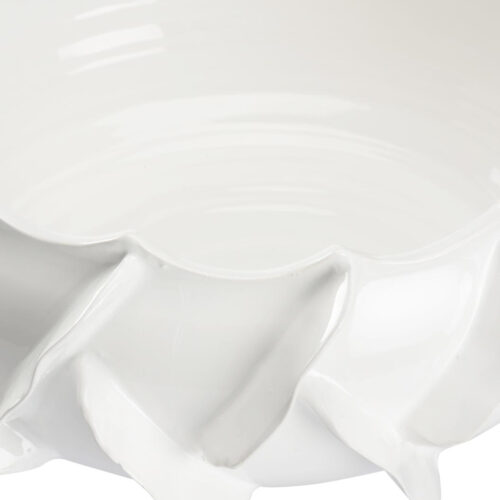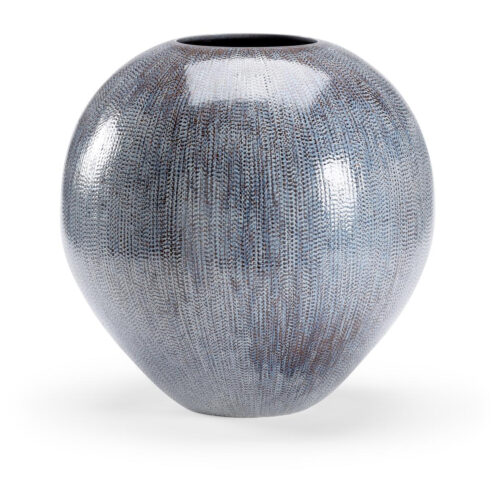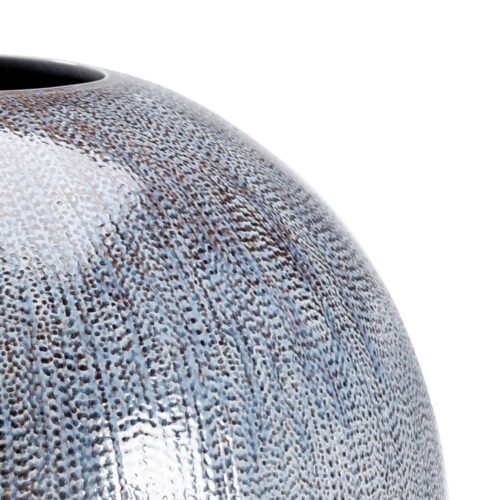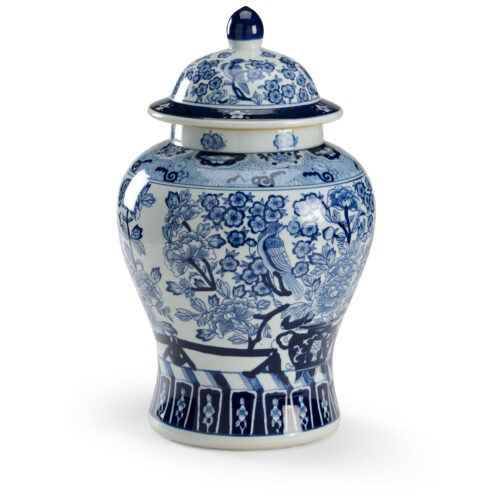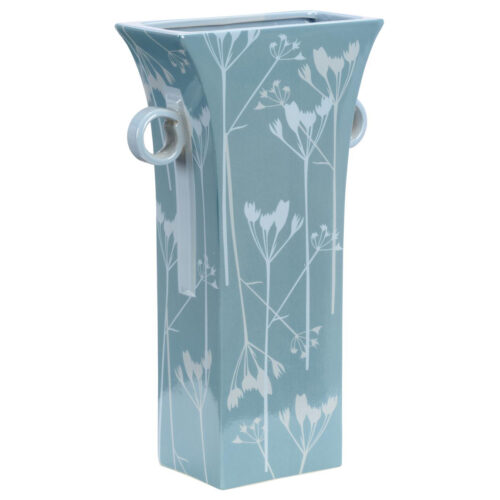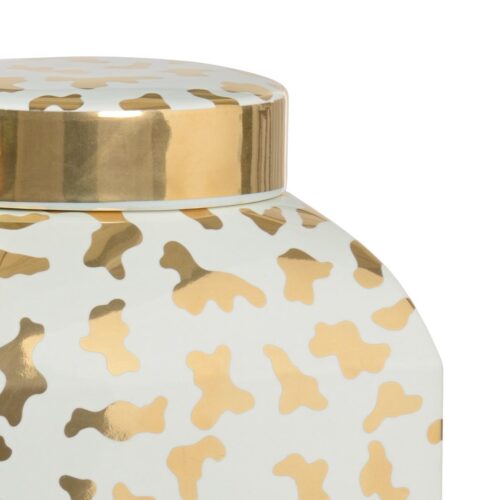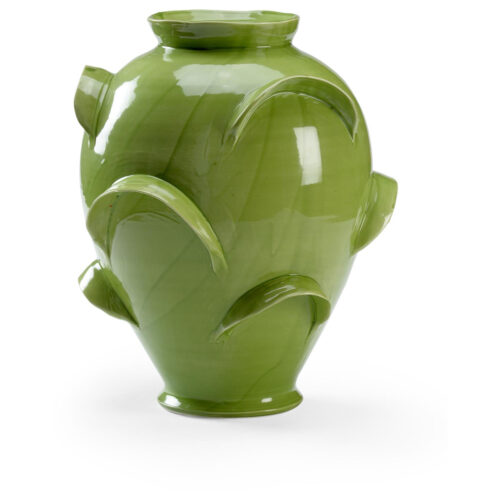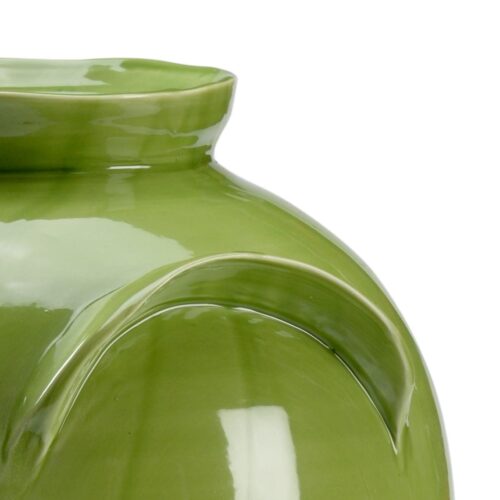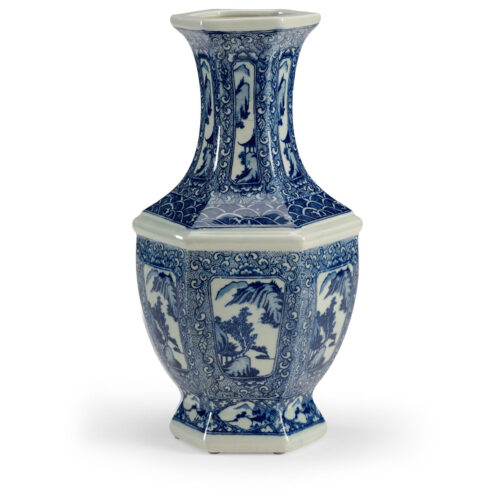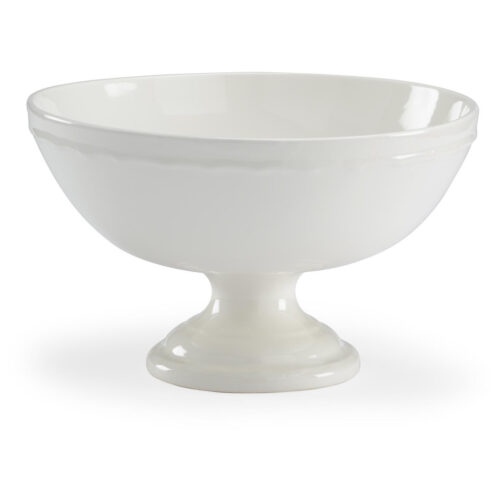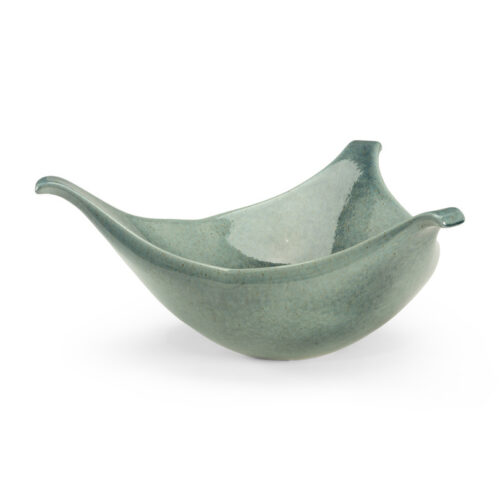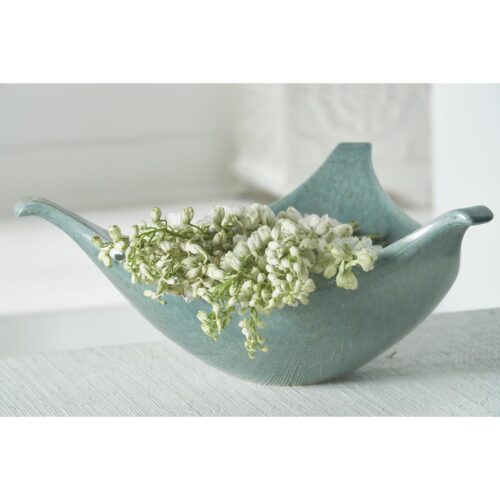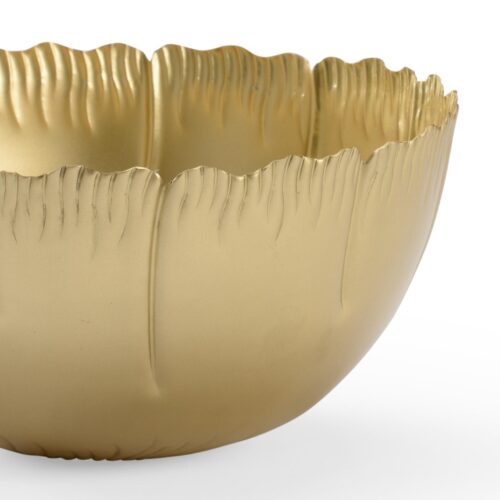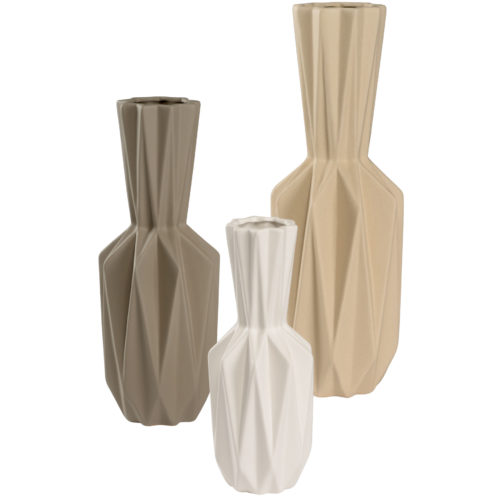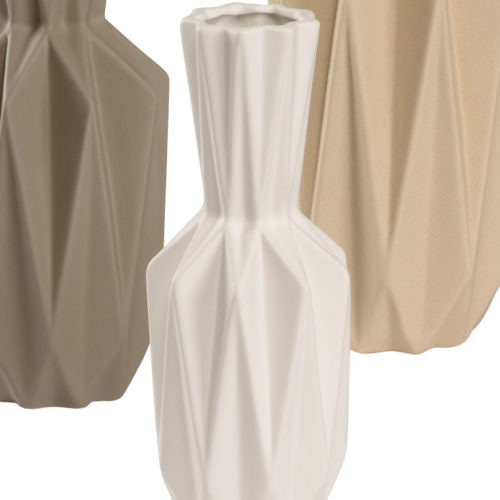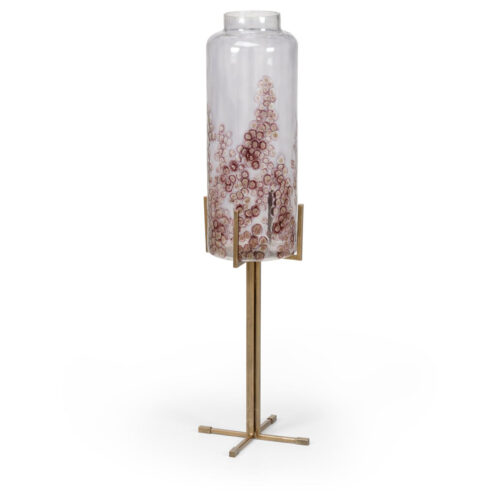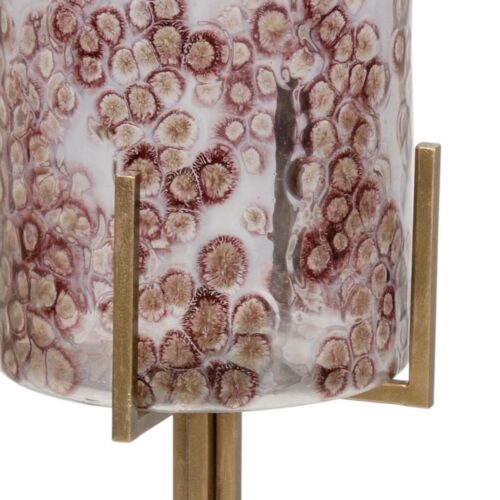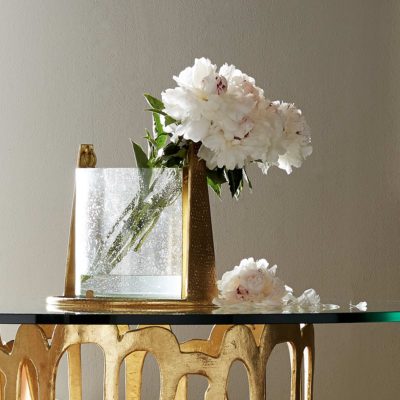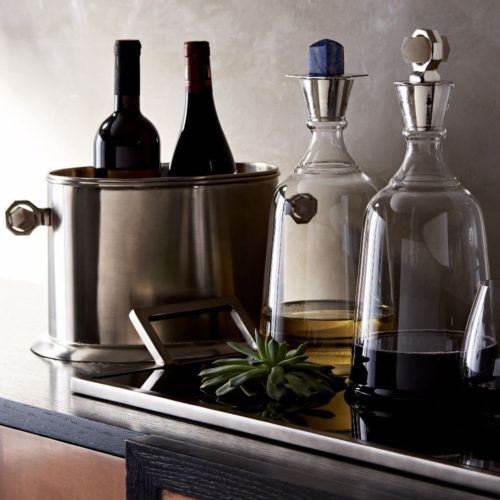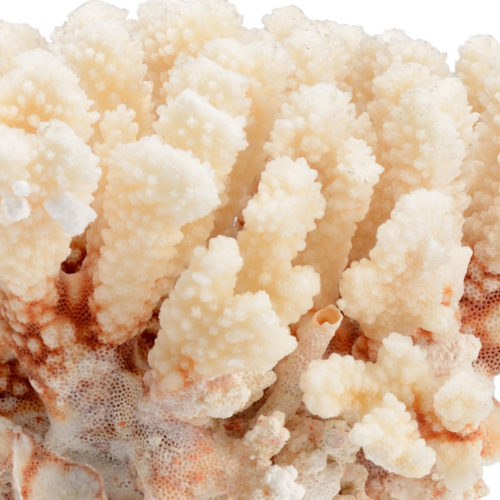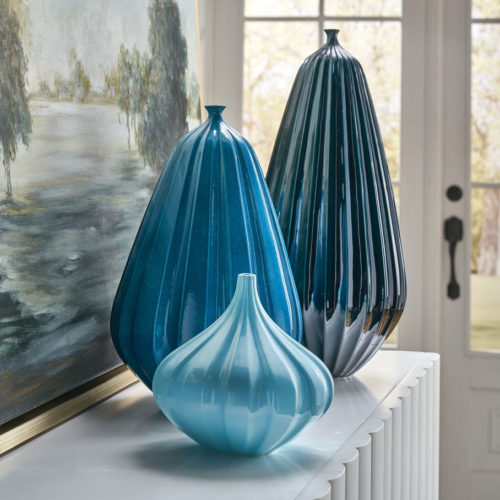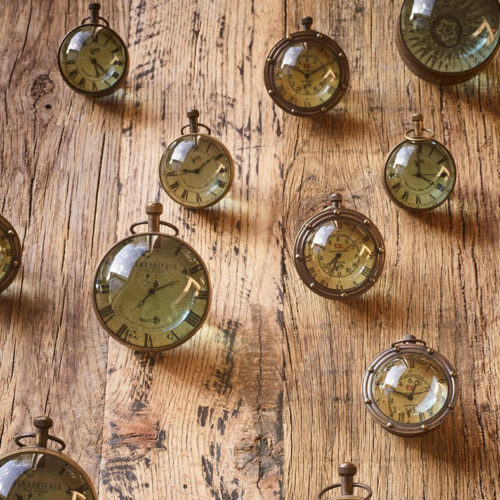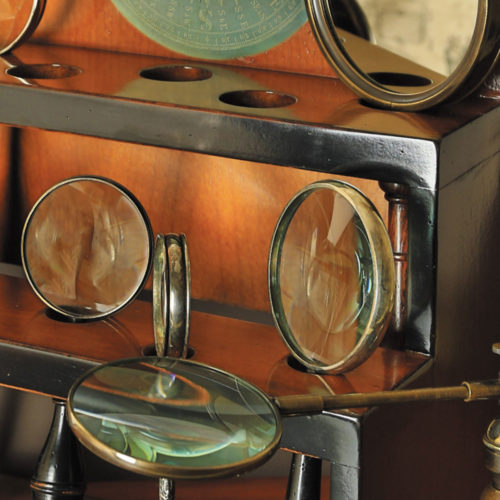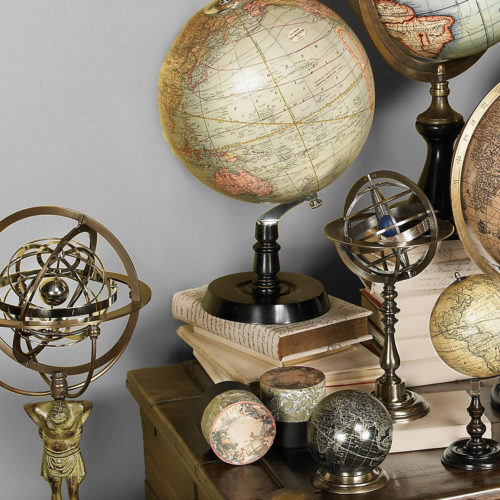Blending History and Lore with Porcelain Accessories
Since the development of porcelain more than 4,000 years ago, humankind has developed a multitude of ways to fabricate items borne from the versatile material. It can be shaped by hand, formed in a press, poured into a mold or extruded from a die. This versatility means that porcelain can perform many functions and be manipulated into almost limitless shapes: decorative figurines, beautiful yet utilitarian plates, bowls, jars, and other porcelain accessories. This material is porous when formed, yet becomes watertight when glazed and fired in a kiln.
One of the most popular uses for porcelain (also called faience) between the Renaissance and Victorian eras was for the storage of spices, dried herbs, preserves and other components in jars. Commonly referred to as apothecary jars, these containers held liquids, unguents (ointments), powders or other pharmacopeias an apothecary needed to make medicines to order. Sometimes the local physician was also the apothecary (or his spouse was), so when the doctor prescribed medicines, they were mixed and dispensed during the visit.
The apothecary was the precursor to our modern-day pharmacist. Since the medicinal knowledge of the Middle Ages and Renaissance consisted mostly of herb lore, the apothecary’s shop was probably the most fragrant place in town. All of the lidded porcelain jars and stoppered porcelain apothecary bottles in the shop each held different components, which were mixed according to the prescription to address each patient’s ailment.
Ingredients as innocuous as chamomile for stomach upsets and sleeplessness, rosemary for relieving congestion and white willow bark, which contains salicylic acid (think aspirin) sat on shelves alongside more dangerous substances, including foxglove for constipation, quinine for lowering blood pressure and mandrake used as an anesthetic. The apothecary would grind the ingredients using a mortar and pestle and combine them into powders, potions or salves for the patient.
Sometimes, the porcelain bottles and jars were somewhat plain and nondescript, perhaps with some lettering, code or symbol on the jar that hinted at the substance stored inside. However, some pharmacy jars and bottles were beautifully adorned, with birds and fanciful creatures painted on them, making them seemingly unfit for use by a mere physician or apothecary. This can be seen clearly in the Delftware of the 16th century.
Delftware pottery was developed in the Netherlands by glazing the porcelain with metal oxides-namely tin-which, when fired in a kiln, creates the lovely blue hue that pottery of the area came to be known for. Originally developed in Antwerp, Belgium, the North Holland city of Delft refined the process, lending its name to the pottery.
Apothecary bottles and jars are just two popular containers made of the lovely blue and white delft pottery. Tobacco jars became popular around the 1700s, sometime after tobacco made its way to Europe at the beginning of the 16th century.
The popularity of tobacco seemed to create a subculture of tobacco jar connoisseurs. The more ornate and fanciful a tobacco jar was, the better to show it off. Tobacco jars were made of many materials, but porcelain tobacco jars became a popular favorite. They did well in the function of containing dried tobacco leaves in a variety of forms, but the jars were also discovered to be a perfect humidor because the porous faience maintained the correct humidity for storing cigars.
Tobacco was introduced to Europe following Columbus’ discovery of the New World. Over time tobacco became widely distributed in Europe and beyond. Proponents claimed smoking mitigated a multitude of health problems and was particularly useful in the treatment of depression and heart disease. Tobacco connoisseurs then were deeply knowledgeable about tobacco lore. Tobacco leaves were stored in richly decorated faience pots, painted with allegorical scenes, and most importantly with the name of the place where it was grown. Most tobaccos were imported from various Caribbean islands as well as from the American colonies of the British Empire. Truly original antique porcelain, pots are uncommon, and if found, highly valuable. Most are now part of specialized porcelain home accessories collection. Because originals rarely surface, their value is high and increasing.
Today, the beautiful apothecary and tobacco jars made of delft are more for decoration than for function, but make an enduring historical statement in your home. Our lovingly crafted porcelain accessories are made in the Netherlands by hand and are true reproductions of original pieces. Each jar and bottle is hand-painted following original designs of 18th-century styles that made these beautiful home accessories charming and enduring collectibles.
Renaissance pharmacists were specialists in the lore and science of herbs and traditional healing. Pharmacies sold a variety of drugs following recipes written in pharmacopeias*, with specifications approved by city authorities. Centuries ago pharmacies were lined with shelves displaying ‘Delft’ hand-painted faïence porcelain pots, vases, bowls, and boxes. The raw materials for making medicines were stored in porcelain apothecary jars.
Typically made of glazed pottery with decorative blue artwork, these jars came in a variety of shapes and sizes. The first letter on each jar was a code for the form of its solid or liquid contents:
“A” indicated “aqua” or water;
“O” indicated “oleum” or oil;
“U” indicated “unguentum” or ointment;
“C” indicated “conserva” or preserves;
“S” or “Si” indicated “syrupus” or syrup;
“P” indicated “piulae” or pills;
“T” indicated “trochisci” or tablets;
“E” indicated “electuarium” or mixture;
“B” indicated “balsamum” or balm;
“R” indicated “rob” a type of jelly;
The remainder of the description was usually in abbreviated Latin form, such as U.ALTH.SIMP for ungenteum altheae simplex, an ointment made from marshmallow.
Pharmacy jars combine the craftsmanship of the potter with the practicality of the pharmacist. The city of Delft in North Holland attempted to imitate Chinese porcelain to make these jars. This imitation porcelain, Delft blue, has become a household word, not only for medicinal purposes but for a wide range of pottery. Made of stoneware pottery, hardly any survived the ages unscathed. Most original antique apothecary jars which survived the centuries are now part of the museum and scientific collections. Their beauty and historical and scientific significance have attracted collectors to these intriguing examples of Renaissance pottery art.

